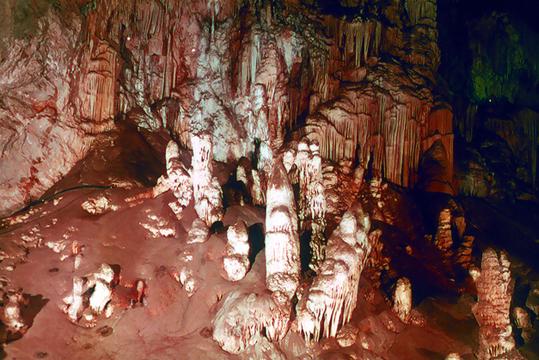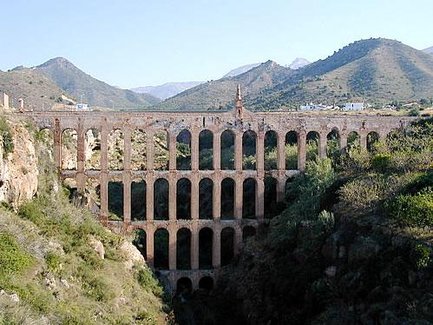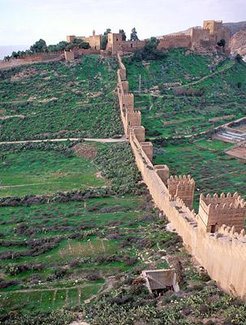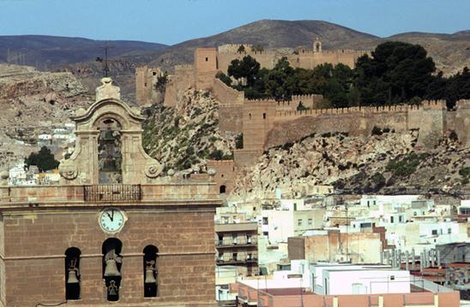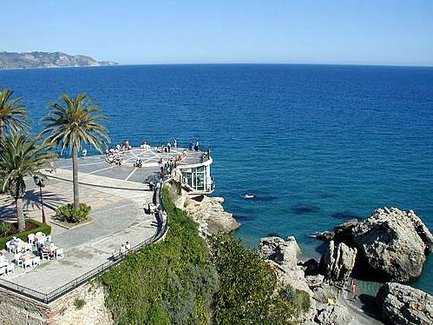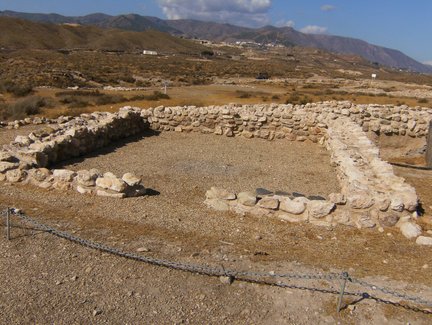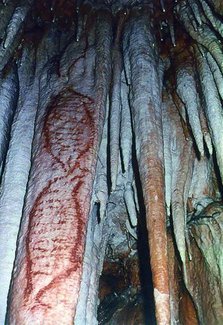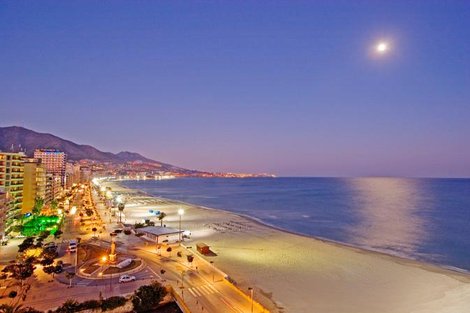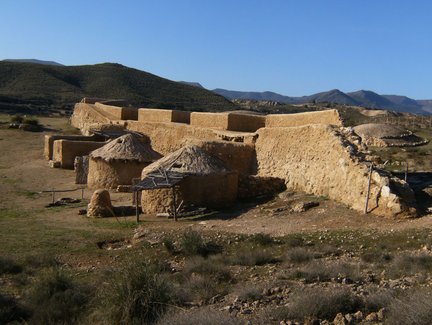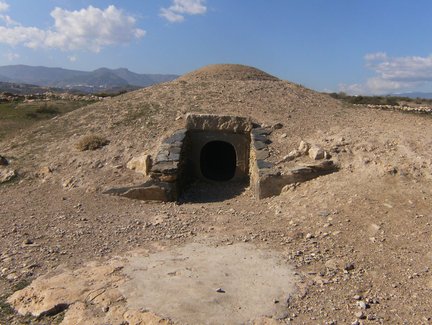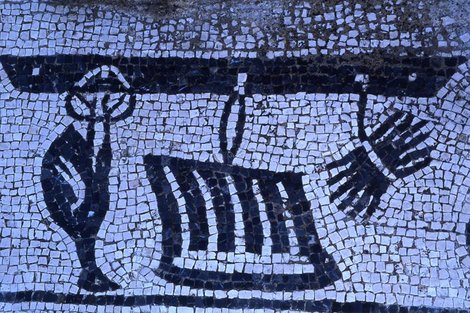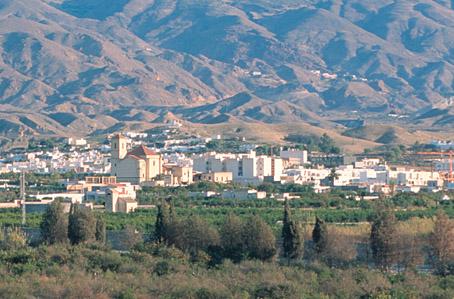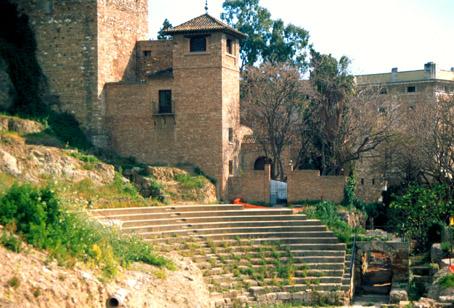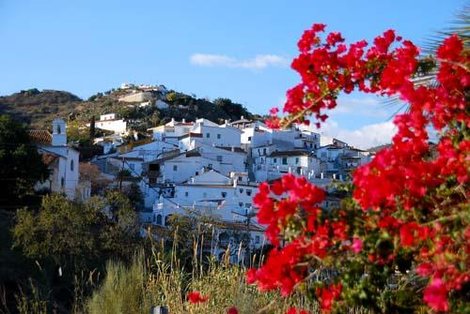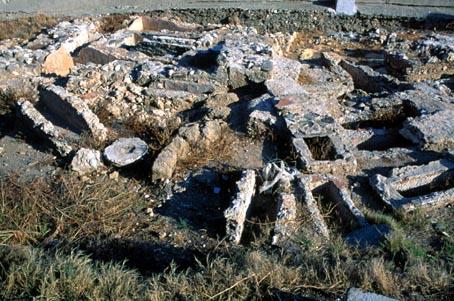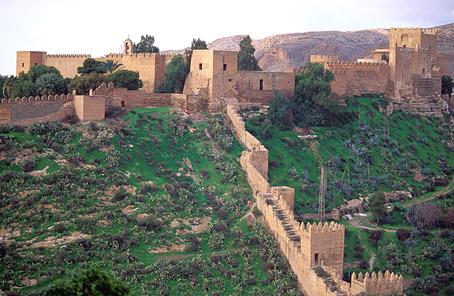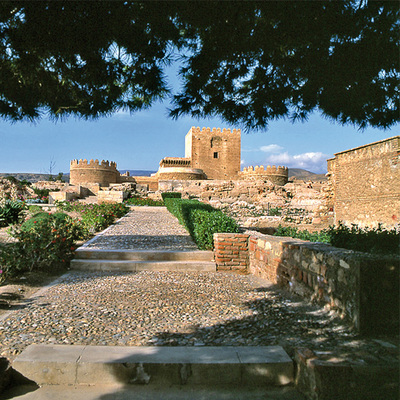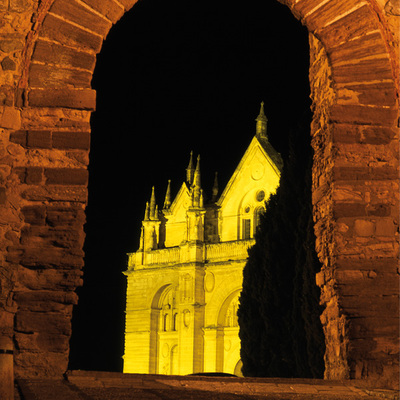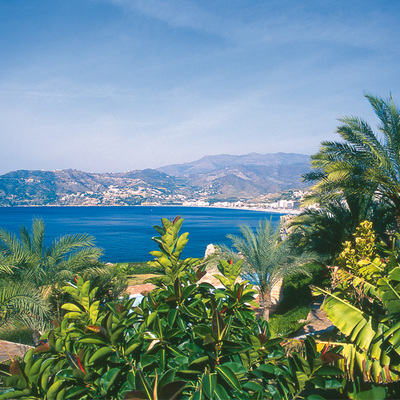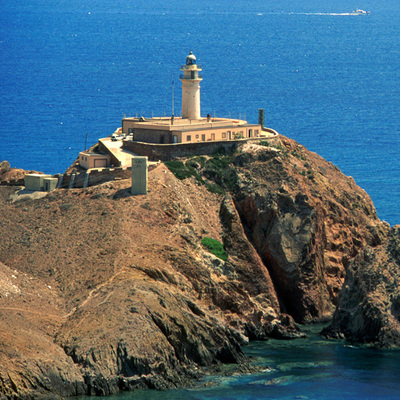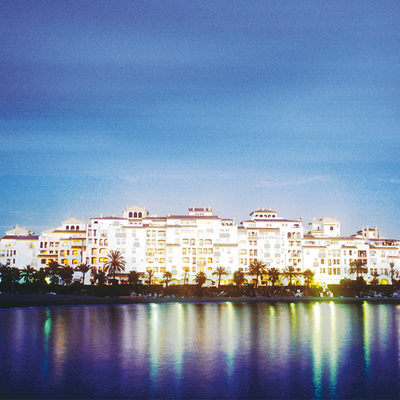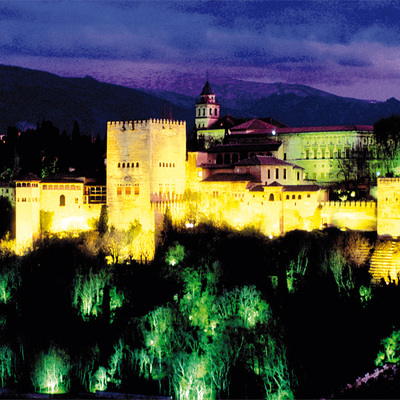Door to the east. Almería, Granada, Málaga
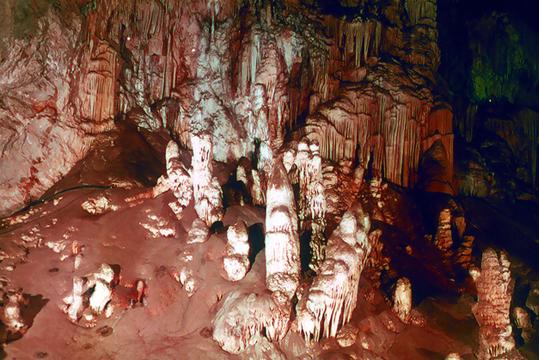
The Andalusian Mediterranean coast was very popular with various ancient cultures. Fishing, trade and fair climate particularly attracted Mediterranean people.
At the beginning of this tour, the coast of Almería demonstrates its strong links with the eastern Mediterranean, from the hypothesis of the introduction of the use of metal in Spain in the Bronze Age (3,000 BC) to the influence of Byzantium in the 6th century and its active role during the Moslem domination. Near Santa Fe de Mondújar, the prehistoric site of Los Millares with its complex walls, forts and group sepulchres express how important the control of metal resources was from the beginning.
The remains of the city of Bayyana (Pechina) are from a much later date. It was a trading republic during the 10th century that dealt in slaves, pottery and regional products.
The town of Almería itself inherited this role centuries later. A large Alcazaba was built for the protection of its port. Along the coast of Granada, near Almuñécar, the ancient Sexi, there are remains of Phoenician and Punic necropolises at Puente de Noy and vestiges of an aqueduct and a large Roman well (Siete Palacios Cave).
The museum in Granada has the best finds from the Phoenician burials of the area, including articles of Egyptian alabaster from the 9th century BC, and Greek and Phoenician vessels from the 8th century BC. Further along the coast in the province of Malaga, there is a magnificent cave at Nerja.
Not far at Torrox, beside the lighthouse, are the remains of a Roman villa with baths, ovens and some mosaics. At Jardín (VéIez-Malaga costa), there are Phoenician tombs and at Trayamar (Algarrobo costa), there is a hypogean (underground) tomb built with large ashlars.
Inland, there are remains of Phoenician settlements and necropolises, such as the ones at Cortijo de Toscanos, which have the only Phoenician trading post excavated so far. In the town of Malaga a Roman theatre.
The ruins of the Alcazaba, the Moslem castle of Gibralfaro and the museum are also interesting. The next stop is the Roman villa of Secretario at Los Boliches, where there are five pottery ovens, hydraulic basins and baths.
Other Roman ruins may be visited near Fuengirola, below the castle of Suel, where some chambers still exist. At San Pedro de Alcántara, Marbella, there are the remarkable remains of a 6th-7th century visigothic basilica and of a Roman fishing settlement of the 2nd-4th centuries.
Near the Parque Antena at Estepona beside the watchtower, there are ruins of a Roman villa. Lastly, inland we find the ruins of the Iberian Roman village of Lacipo on the road from Manilva to Gaucín, where the walls and some dwellings can be seen.

